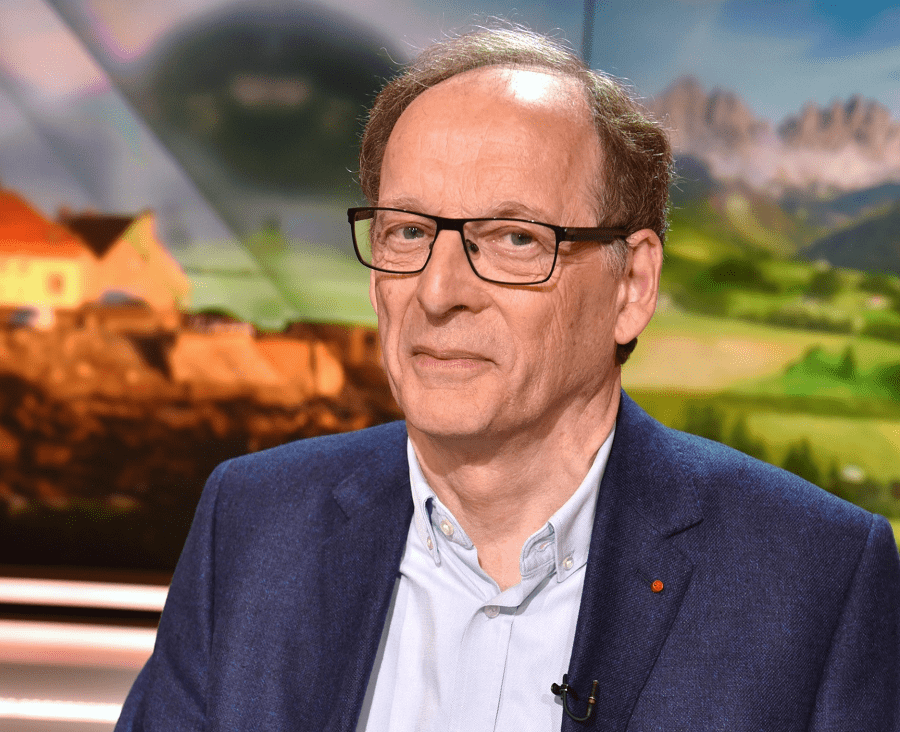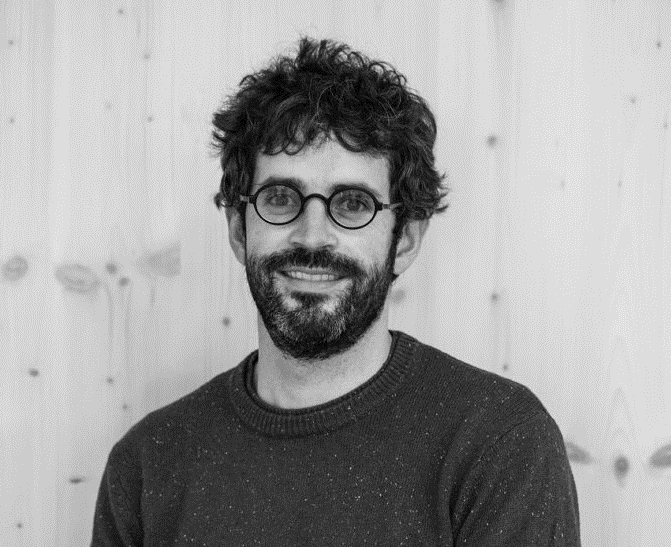The network of the Most Beautiful Villages in France was created in the early 1980s on the initiative of Charles CEYRAC, then mayor of the village of Collonges-la-Rouge in Corrèze. During a trip to Paris, he came across a book entitled, Les Plus Beaux Villages de France (The Most Beautiful Villages) published by Sélection du Reader’s Digest. At the time, the rural communities were facing desertification: the inhabitants were leaving the villages, and the heritage was being abandoned. This book, inspired Charles CEYRAC, was meant to establish an association to raise awareness among public authorities and the general public. He wrote to the mayors of the villages featured in the book, and 66 of them responded to his appeal to officially create Les Plus Beaux Villages de France on 6 March 1982, in Salers (Cantal).
Today, the Most Beautiful Villages in France is a national network of excellence, comprising 176 villages that have been awarded the label.
Alain DI STEFANO, Maire délégué de Yèvre-le-Châtel (president of the association) told us about the association objectives and plans for the future.
Interview: Irina Rybalchenko
Who finances the association?
The association is 75% financed by the villages that have been awarded the label via an annual subscription. The remainder comes from royalties (brand rights for publishing products designed with Flammarion and Michelin Éditions).
The label has been in existence for more than 40 years and enjoys an image of quality and a high profile. Over the years, it has professionalized its village selection process. Its high standards have earned it credibility with the media and visitors alike.
What are reputation indicators based on?
A study carried out for the villages fleuris label by the IPSOS polling institute shows that The Most Beautiful Villages in France label is the best-known heritage label in France (92%).
A recent study, carried out at our request by Focus MARKETING, and, on a sample of 1,000, people showed that The Most Beautiful Villages in France label is the 2nd most cited heritage label, just behind UNESCO World Heritage.
Our social networks represent a community of nearly 160,000 people. Online media coverage represents more than 2,000 references, with a potential reach of seven million people. By 2023, our website will have attracted two million visitors.
Every year, the travel guide (Flammarion) and the road and tourist map (Michelin Editions) sell 15,000-20,000 and 5,000-7,000 copies, respectively.
How are villages awarded the label?
First of all, the applicant village must meet three eliminatory criteria:
– A maximum population of 2,000,
– A minimum of two protected sites or historic monuments
– Demonstrate its willingness to join by municipal resolution
Once this stage has been validated, the application is deemed to be admissible, and the village then undergoes an on-site assessment. Based on an interview with the municipality and a photographic report, a grid of 32 criteria is used to assess the village’s heritage, architectural, town-planning and environmental qualities, as well as its efforts to enhance them.
The assessment report is then presented to the network’s Quality and Labelling Committee, which alone has the power to make classification decisions (by a two-thirds majority of its members).
Although the various foreign networks of The Most Beautiful Villages have drawn inspiration from our method, each one adapts it to its local context.
Could you tell us one of the most curious legends associated with one of the Most Beautiful Villages in France?
There are many legends associated with The Most Beautiful Villages in France! In the 13th century, the valiant knight, Roland, Charlemagne’s nephew, fought a battle against the Saracens at Roncesvalles. Badly wounded and knowing he was lost, he tried to break his sword on a rock to prevent it falling into enemy hands. But it was the rock that cracked and the sword remained intact. Roland prayed to the Archangel Saint Michael for help.
The knight closed his eyes and threw his sword as hard as he could into the distance, and, with the help of the archangel, the weapon crossed the valley to be planted in the rock of Rocamadour. It can still be seen there today, above the door of the Notre-Dame chapel!
Are there statistics on foreign tourists who visit the most beautiful villages in France?
At first place are tourists from Belgium, then from England, Holland, Germany and Spain. The average share of foreign customers in the French territories is about 24%.
When we visited the most beautiful villages in Occitanie over the Christmas holidays, we were surprised to find that almost all the cafés and restaurants weren’t working.
In these villages, the winter period is not the busiest for tourism. However, that doesn’t stop some cafés and restaurants from remaining open all year round for the public.
How often are cultural events organised in the villages?
We encourage villages to take part in the Journées Européennes des Métiers d’Art in March/April, because our network is a partner of the Institut National des Métiers d’Art (the National Institute of Crafts and Trades) and in La Nuit Romantique in June, an event created by Les Plus Beaux Villages d’Italie and replicated in other countries. We provide promotional support for these events. The villages then have their own programme of events that vary a lot from one village to another.
Could you name the most visited beautiful villages in France?
We could mention Les Baux-de-Provence (Bouches-du-Rhône), Castelnaud-la-Chapelle, Domme (Dordogne), Gordes (Vaucluse), Riquewihr (Haut-Rhin), Rocamadour (Lot), or Yvoire (Haute-Savoie), La Flotte (Charentes-Maritimes), Moustiers-Sainte-Marie (Alpes-de-Haute-Provence), Rochefort-en-Terre (Morbihan) and Vézelay (Yonne).
These villages have built a strong reputation, thanks to their exceptional historical heritage (UNESCO World Heritage sites, châteaux, religious heritage, etc.), their well-preserved surroundings (the Verdon gorges, the Alpilles, the vineyards of Alsace, Lake Léman, etc.) and their location in highly attractive and well-developed tourist areas (Provence, Alsace, Brittany, Périgord, etc.). Many of these villages have developed facilities and infrastructures to accommodate large numbers of visitors. However, this is not the same for some villages, particularly those in rural areas, which are much more constrained by geography and/or urban planning.
How many applications are currently pending?
Four applications will be examined in 2024. The processing time is approximately six months to one year, depending on the date on which the applications are submitted and the meetings of the committee responsible for awarding the label.
How exactly does your network cooperate with associations in Spain and other countries?
It mainly involves exchanges of experience between networks and support for the creation of emerging networks. The idea is also to strengthen the joint promotion of all the villages (events, social networks, etc.).
In addition, the associations of The Most Beautiful Villages on Earth in the different countries hold a general meeting once a year within the federation of The Most Beautiful Villages on Earth.











